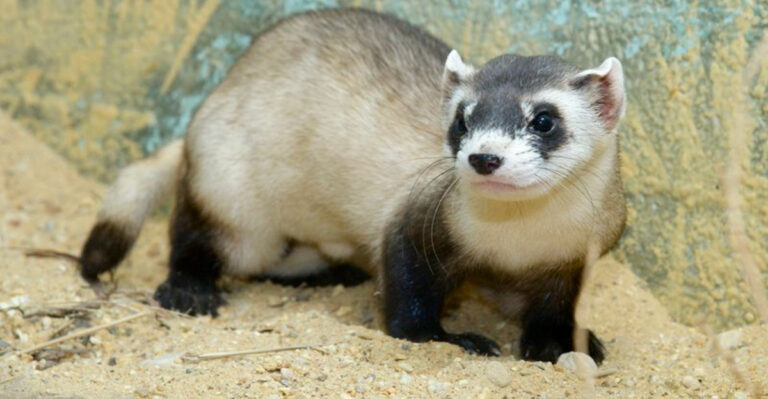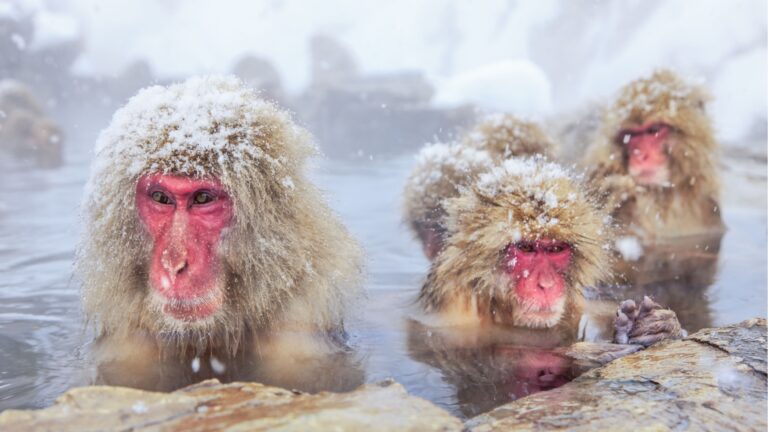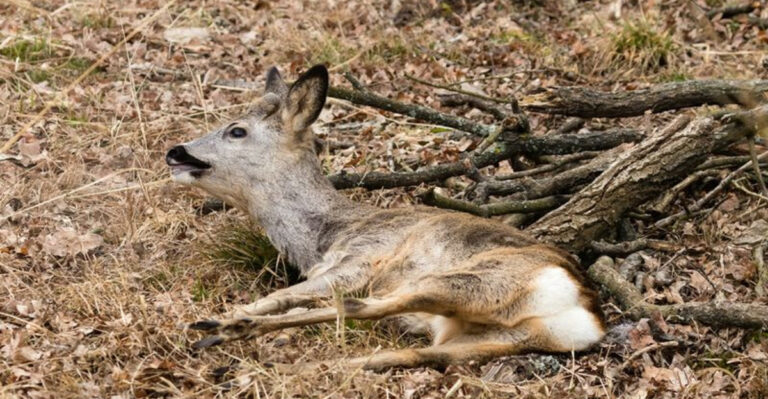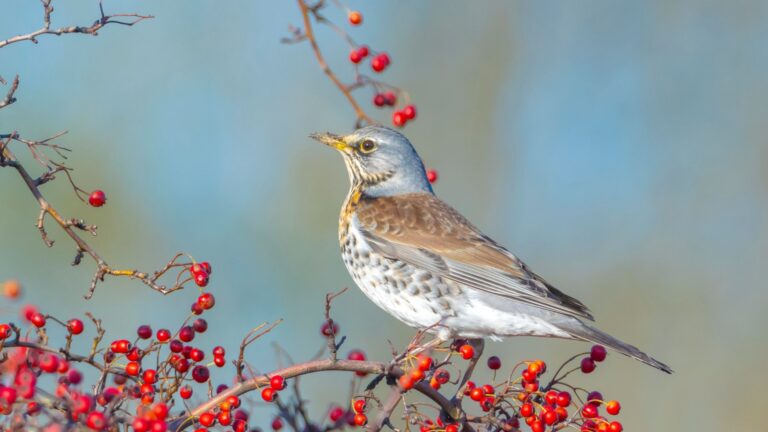7 Rare North American Mammals You Probably Didn’t Know Existed (And 7 You Definitely Do)
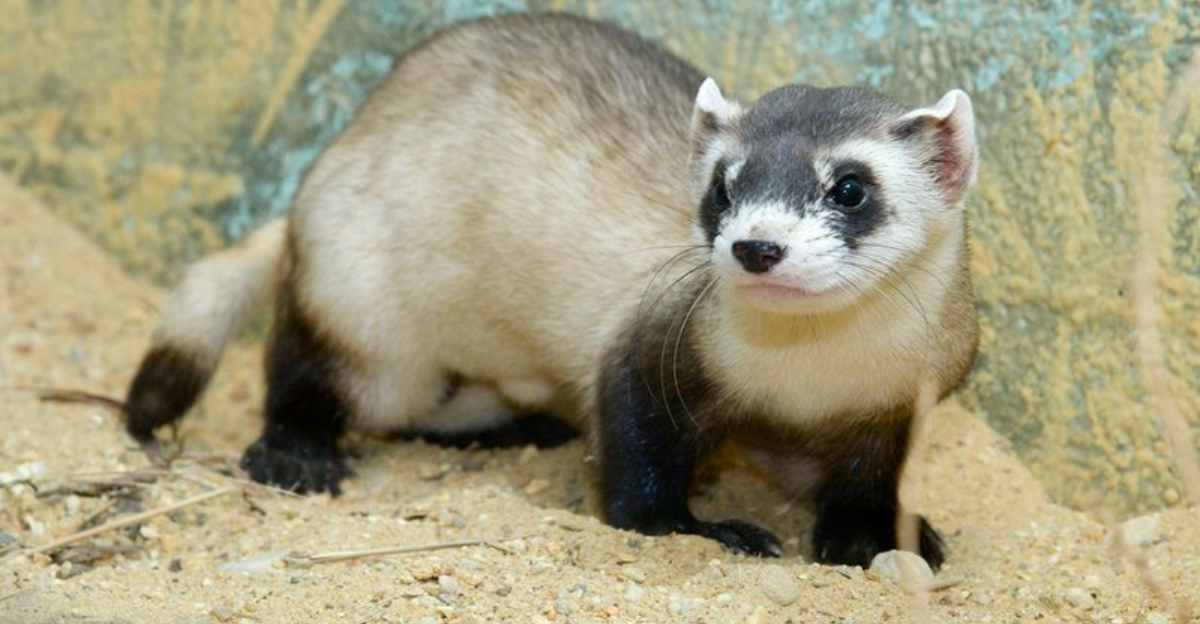
North America is a land of fascinating creatures, some you know like neighbors, and others are elusive mysteries.
Join us as we explore seven rare mammals you might not have heard of, alongside seven familiar ones that are part of the continent’s iconic wildlife. From tiny rodents to mighty predators, each animal has its own unique story to tell in the wild tapestry of nature.
1. Kangaroo Rat
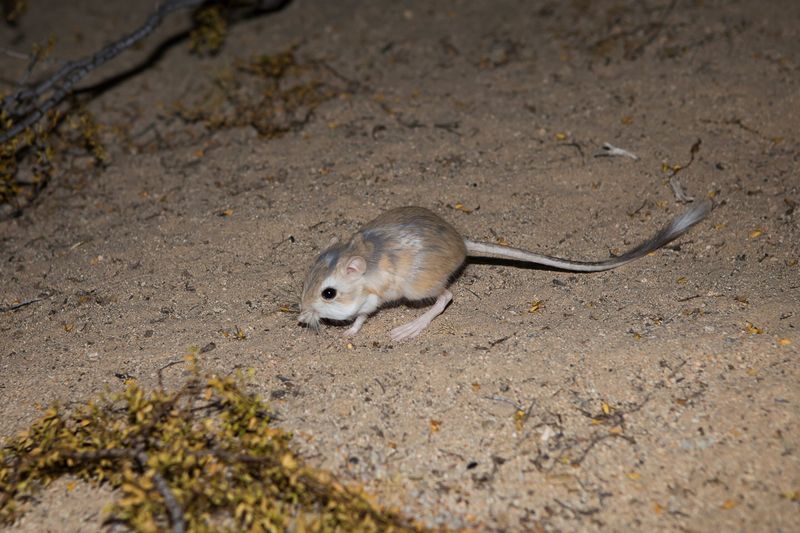
Ever heard of a rodent that hops like a kangaroo? Meet the Kangaroo Rat, a desert dweller of the Southwestern U.S. It survives without drinking water, thanks to its incredible ability to extract moisture from seeds.
This tiny acrobat can jump nine feet to escape predators. Its large cheek pouches store food for the dry days ahead, making it a survival expert in harsh climates.
2. Pygmy Shrew
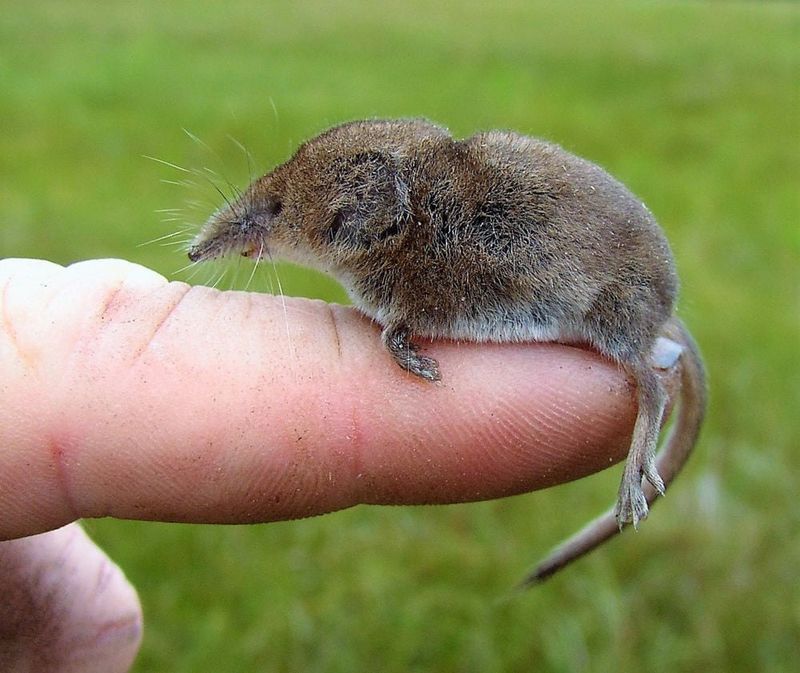
Imagine a creature so small, it could fit on a fingertip. The Pygmy Shrew, one of North America’s tiniest mammals, is truly a blink-and-you’ll-miss-it wonder.
With a heart beating over a thousand times per minute, it’s always on the move, hunting insects. Rarely seen, this elusive shrew thrives in the undergrowth, a secretive resident of the forests.
3. Black-footed Ferret
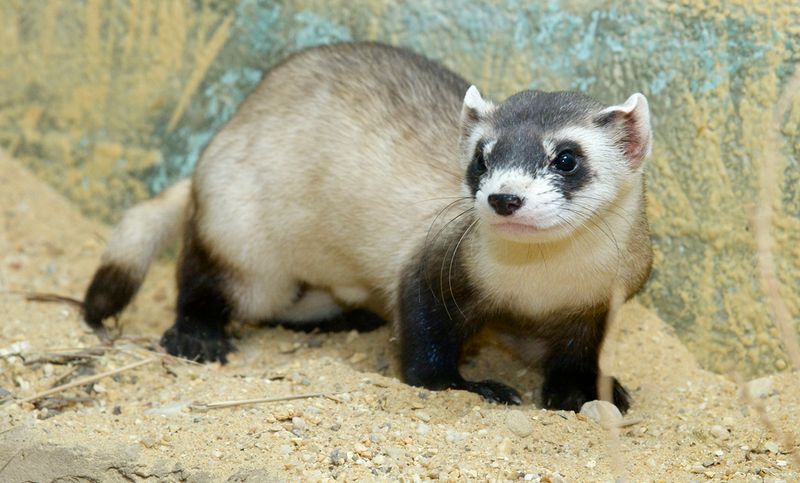
Once thought extinct, the Black-footed Ferret is a conservation miracle. Rediscovered in the 1980s, it’s a nocturnal predator with distinct black feet and a mask, living on the prairies.
Thanks to dedicated conservation efforts, its population is slowly rebounding. These ferrets play a crucial role in controlling prairie dog populations, showcasing nature’s delicate balance. Their survival story inspires wildlife enthusiasts.
4. Eastern Mountain Lion
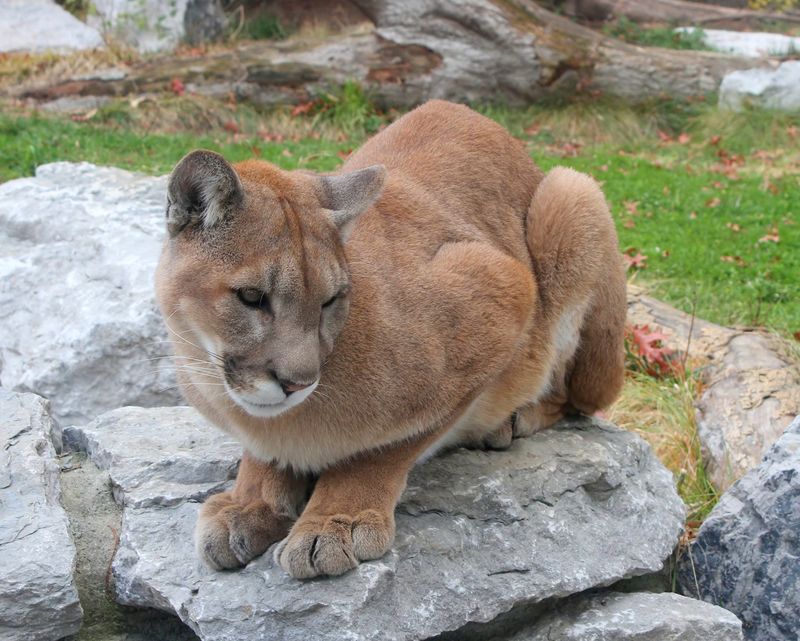
Is the Eastern Mountain Lion a ghost or a comeback kid? Once declared extinct in the eastern U.S., recent sightings have sparked debates about their return.
These majestic predators, known for their strength and stealth, roam forests and mountains. Whether mere myth or reality, their elusive nature keeps them shrouded in mystery and intrigue across the landscapes.
5. Wood Bison
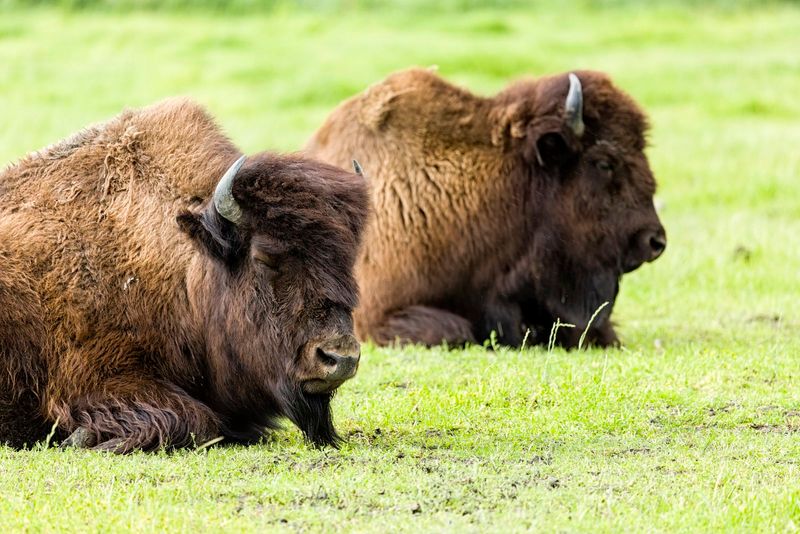
Think you know bison? Meet the Wood Bison, the lesser-known giant of North America. Bigger and shaggier than the American Bison, it calls the remote Canadian wilderness home.
Once near extinction, successful conservation has helped their numbers grow. These majestic animals are a testament to resilience, roaming the north’s vast landscapes with a quiet dignity that commands respect.
6. American Pika
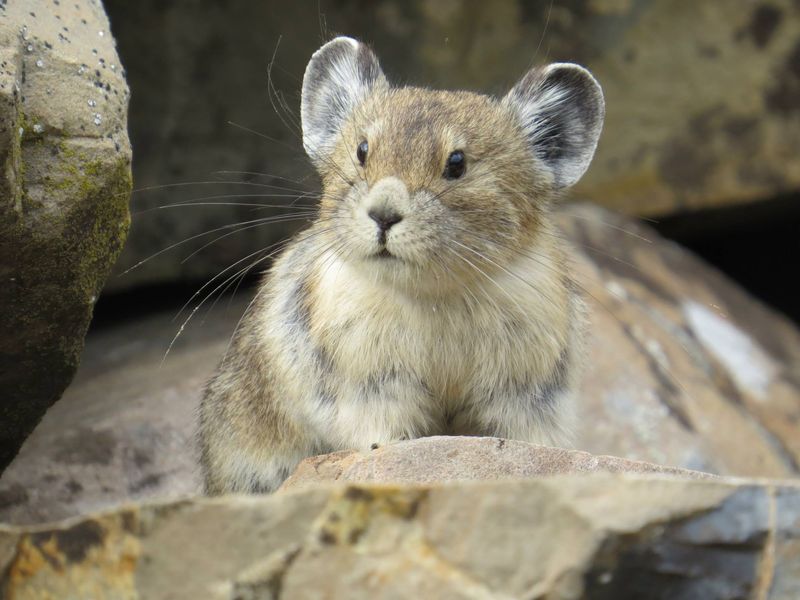
The American Pika might look like a cuddly bunny, but it’s a tough mountain survivor. Found in rocky habitats, these small mammals are highly sensitive to climate change.
As temperatures rise, their alpine homes are threatened, making them climate change indicators. With their high-pitched calls and tireless work gathering food, they are nature’s busy little mountaineers.
7. Northern Long-Eared Bat
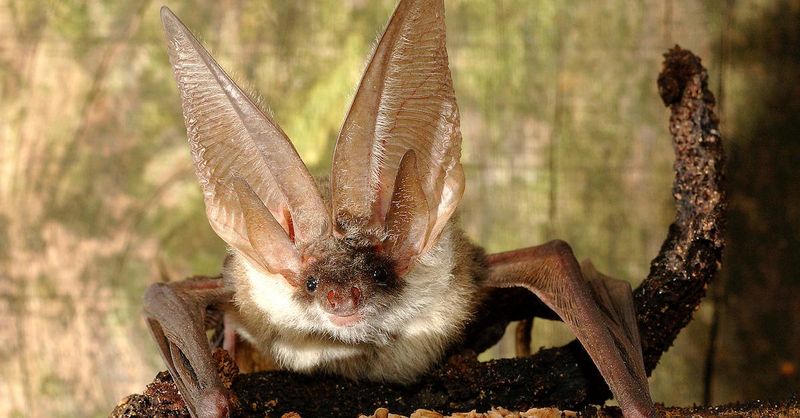
Bats may not be everyone’s favorite, but the Northern Long-Eared Bat deserves sympathy. Its numbers have plummeted due to White Nose Syndrome, a devastating fungal disease.
This species, once common, is now rare and protected. Known for its long ears and agile flight, it’s an essential insect eater, helping maintain ecological balance. Saving them means saving countless ecosystems.
8. North American Beaver
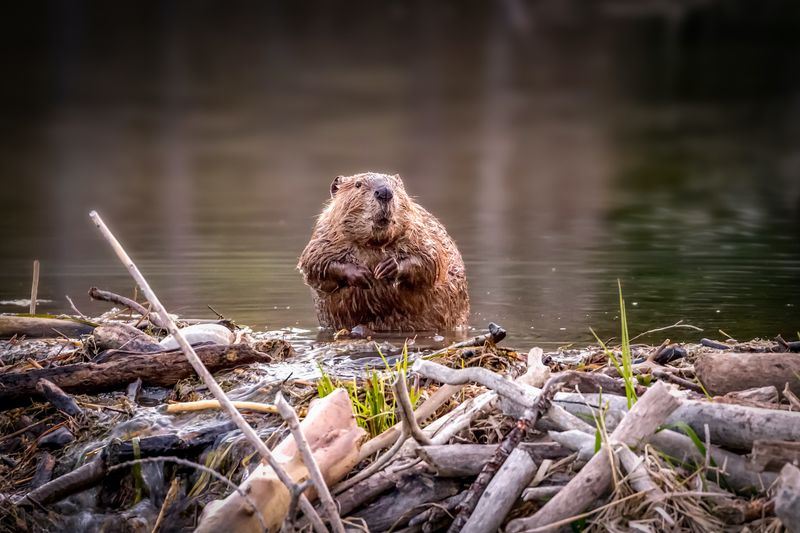
What creature can change landscapes more than humans? The North American Beaver, with its incredible engineering skills, shapes ecosystems by building dams.
These structures create wetlands that support diverse wildlife. Beavers are nature’s architects, hardworking and persistent, transforming their environment with gnawing precision and muddy determination. They are a symbol of industriousness and adaptability.
9. American Black Bear
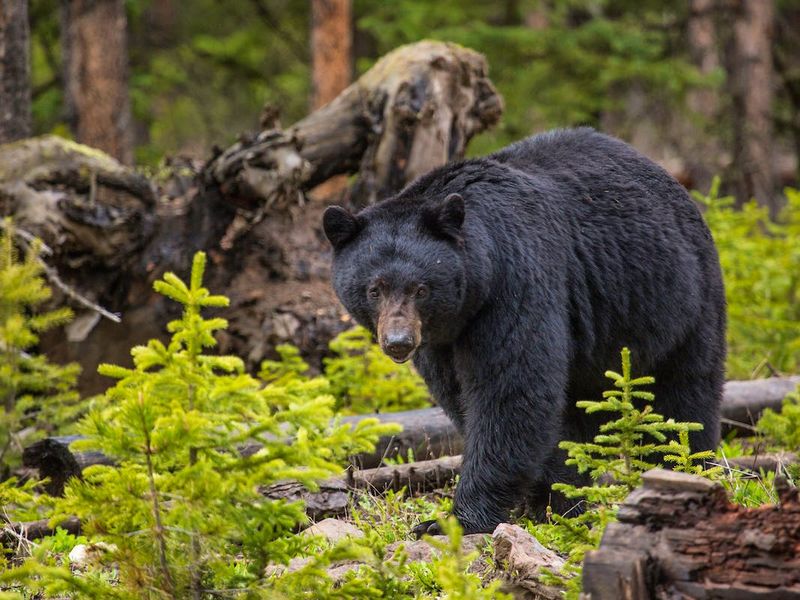
Meet the American Black Bear, the gentle giant of North America’s forests. Known for their strength and curiosity, these bears roam vast territories in search of food.
Although they’re powerful, black bears are generally shy and avoid humans. Their adaptability allows them to thrive in diverse environments, from dense forests to suburban edges, making them a beloved symbol of wilderness.
10. Gray Wolf
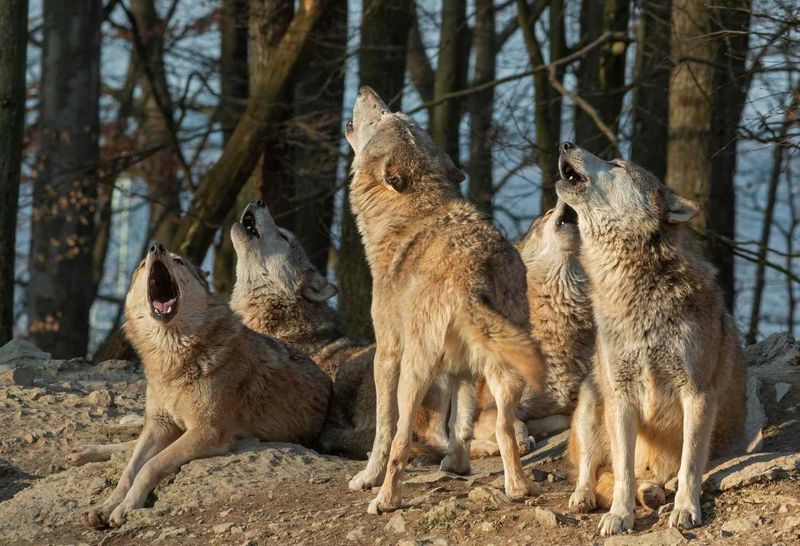
Once on the brink of extinction, the Gray Wolf’s comeback story is legendary. Revered and feared, these apex predators are crucial for ecosystem health.
Their pack dynamics are fascinating—a complex social structure that ensures survival. Wolves keep prey populations in check, promoting biodiversity. Their haunting howls echo through the wilderness, a reminder of nature’s raw beauty and power.
11. White-Tailed Deer
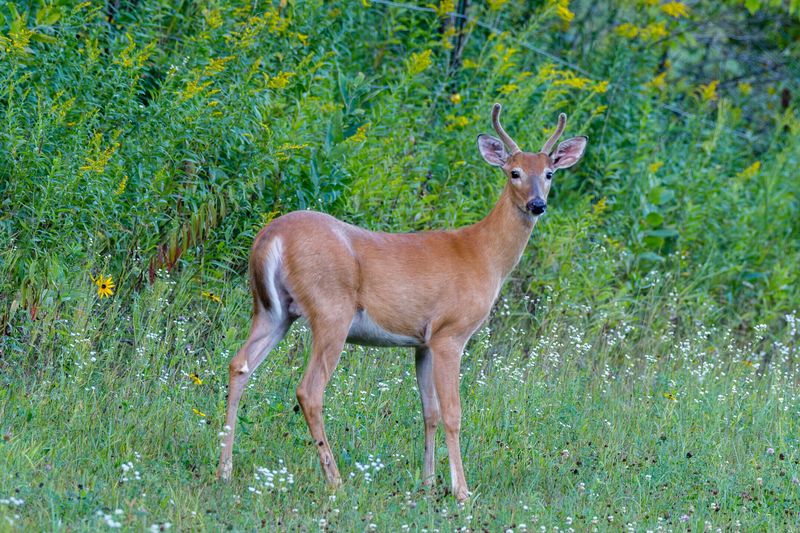
White-Tailed Deer are everywhere, yet they never fail to captivate with their elegance. Recognizable by their namesake tail, these deer are masters of adaptation.
Found in various habitats, they play a significant role in their ecosystems. Their presence is a sign of healthy biodiversity, providing prey for many predators. Whether glimpsed in a forest or a backyard, they’re a constant in North American wildlife.
12. Mountain Lion (Cougar)
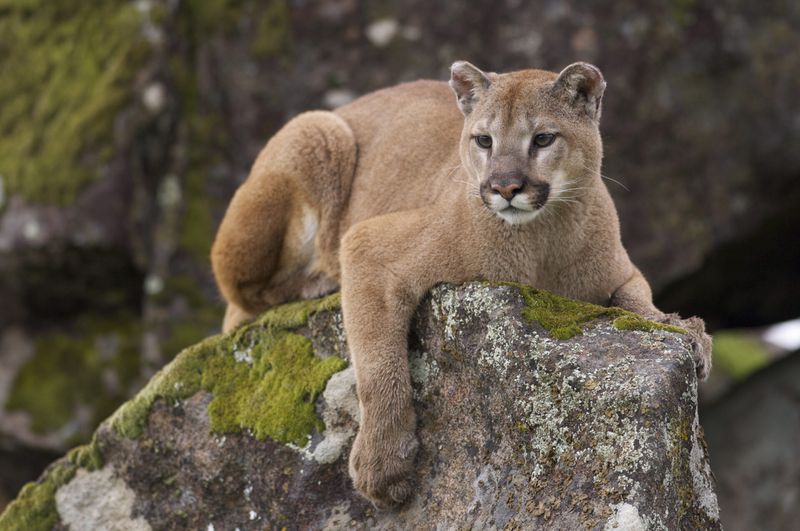
Few animals inspire awe like the Mountain Lion, a symbol of wilderness. Also known as the cougar, this solitary hunter spans from Canada to South America.
With a graceful yet powerful build, they master diverse terrains, from mountains to deserts. Despite their vast range, they’re elusive, adding to their mystique. Their presence underscores the balance of nature’s food webs.
13. Eastern Gray Squirrel
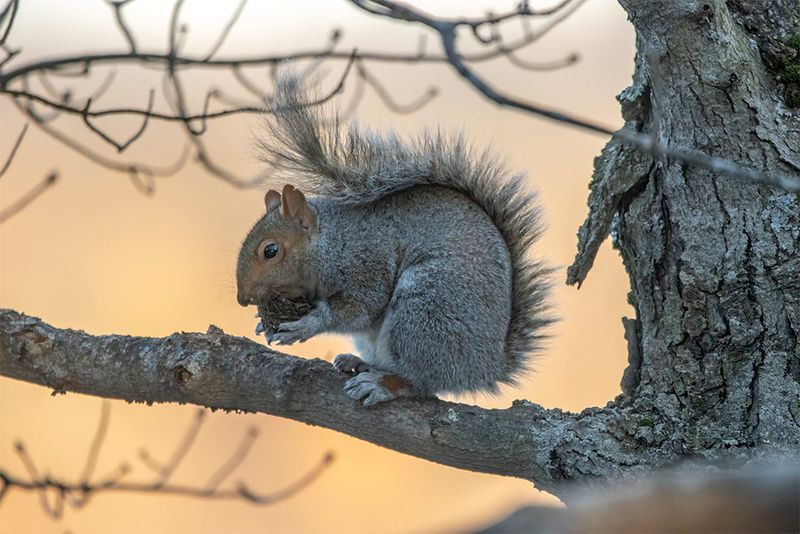
Love them or hate them, Eastern Gray Squirrels are the acrobats of urban and suburban landscapes. Known for their agility and playful antics, they’re a common sight across the eastern U.S.
Their adaptability to human environments is remarkable. These squirrels are not just cute; they’re vital for the ecosystem, dispersing seeds and promoting forest growth. They’re nature’s neighborhood entertainers.
14. Raccoon
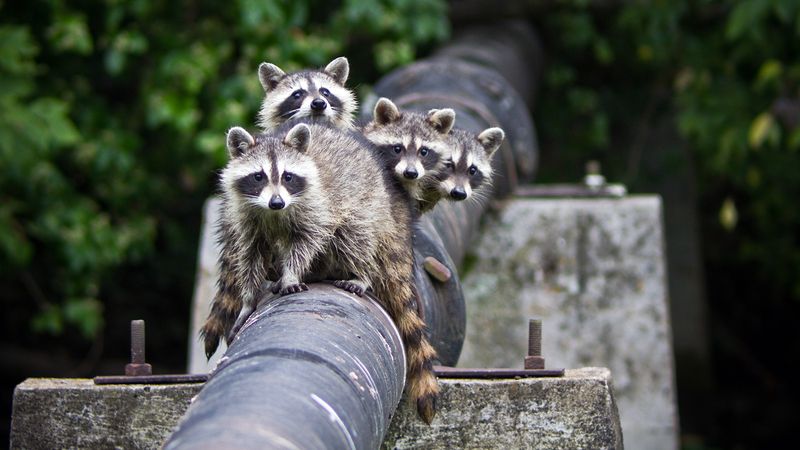
With their masked faces and dexterous paws, raccoons are the clever bandits of North America. They’re notorious for raiding trash cans, but there’s more to them than mischief.
Raccoons are highly adaptable, thriving in urban and rural settings. They’re curious and intelligent, capable of solving complex problems. Their night-time antics make them fascinating urban wildlife, a blend of intrigue and nuisance.

